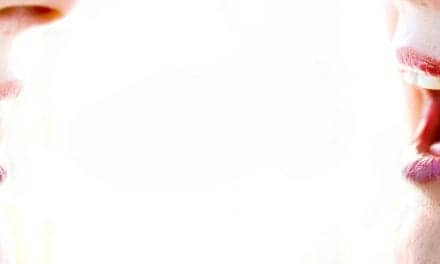
Gabriel Corfas, PhD, a professor in the University of Michigan Department of Otolaryngology and director of its Kresge Hearing Research Institute
New animal research from scientists at the University of Michigan Medical School, and St Jude Children’s Research Hospital shows that harnessing the regenerative power of early supporting cells in the inner ear could lead to new strategies to combat many causes of deafness.
It has been previously shown in other research studies that there are many kinds of tiny cells working together in the inner ear that allow us to hear. Some of these cells, often called “hair cells,” play a crucial role in carrying sound signals to the brain. New research from scientists at U-M and St Jude shows that, when it comes to restoring lost hearing ability, the supporting cells surrounding the hair cells may be most important. In a recent paper published in the Proceedings of the National Academy of Sciences, the U-M and St Jude research colleagues report the results of their studies of these supporting cells.
Research shows that damage to the supporting cells in the mature mouse results in the loss of hair cells and profound deafness. However, the new study revealed that if supporting cells are lost in the newborn mouse, the ear rapidly regenerates new supporting cells—resulting in complete preservation of hearing. This regeneration was observed in cells from an adjacent structure moving in and transforming into full-fledged supporting cells.

A microscopic view of cells within the ear of a newborn mouse showing in red and blue the supporting cells that surround the hair cells (green) that send sound signals to the brain. New research shows that the supporting cells can regenerate if damaged in the first days of life, allowing hearing to develop normally, which gives new clues for potential ways to restore hearing. Image credit: Guoqiang Wan, U-M.
The finding shows that deafness can result from loss of supporting cells, and also reveals a previously unknown ability to regenerate supporting cells that’s present only for a few days after birth in the mice. If scientists can determine what’s going on inside these cells, they might be able to find new approaches to regenerating auditory cells and restoring hearing in humans of all ages.
Gabriel Corfas, PhD, a senior author on the paper with Jian Zuo, PhD, of St Jude, is a professor in the U-M Department of Otolaryngology and director of its Kresge Hearing Research Institute. Corfas says their research shows that supporting cells play a more critical role in hearing than was previously thought. He believes that efforts to restore hearing by making new hair cells out of supporting cells may fail, unless researchers also work to replace the supporting cells.
“We had known that losing hair cells results in deafness, and there has been an effort to find a way to regenerate these specialized cells, said Corfas. “One idea has been to induce supporting cells to become hair cells. Now we discover that losing supporting cells kills hair cells as well,” he explains.
Based on the new research findings, Corfas proposes that there is an intrinsic regenerative potential in the very early days of life that could be harnessed as a cure for deafness.
“This is relevant to many forms of inherited and congenital deafness, and hearing loss due to age and noise exposure,” said Corfas. “If we can identify the molecules that are responsible for this regeneration, we may be able to turn back the clock inside these ears and regenerate lost cells.”
According to the study, the supporting cells found in a structure called the greater epithelial ridge transformed into full-fledged supporting cells after the researchers destroyed the mice’s own supporting cells with a precisely targeted toxin that didn’t affect hair cells. The new cells differentiated into the kinds that had been lost, called inner border cells and inner phalangeal cells.
“Hair cell loss can be a consequence of supporting cell dysfunction or loss, suggesting that in many cases deafness could be primarily a supporting cell disease,” said Corfas. “Understanding the mechanisms that underlie these processes should help in the development of regenerative medicine strategies to treat deafness and vestibular disorders.”
Corfas and his colleagues continue to study the phenomenon, and hope to find drugs that can trigger the same regenerative powers that they saw in the newborn mice.
Reference:
PNAS 2014; published ahead of print, doi:10.1073/pnas.1408064111
Source: University of Michigan Medical School




